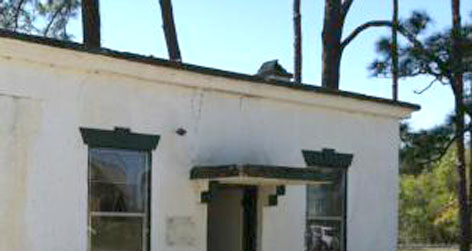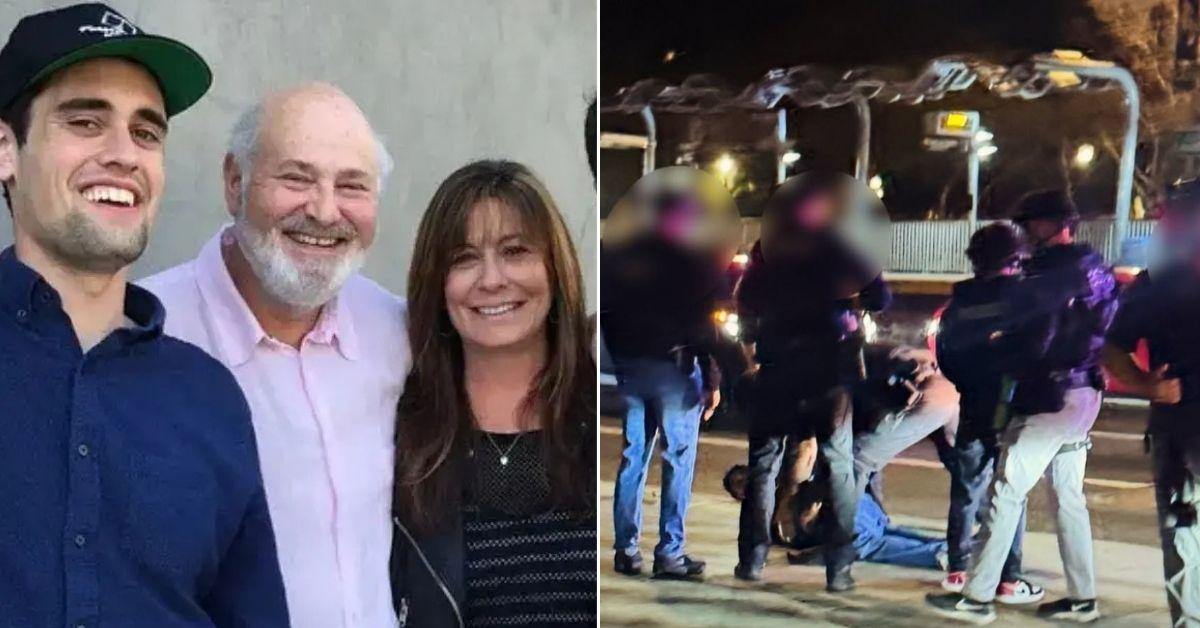As Human Remains Are Unearthed, Florida 'House Of Horrors' Reform School Survivor Recalls 'Brutality And Barbarity'

Sept. 7 2013, Published 4:17 p.m. ET
Bill Straley was one of the first alumnus of the Arthur G. Dozier School for Boys to speak out against the notorious Florida reform school.
Now that an archeological dig is underway trying to locate the bodies of up to 100 boys believed to have been tortured to death there -- two have already been identified -- Straley is again recalling his years at the house of horrors.
He told the New York Daily News he was beaten to a bloody pulp his first day there.
"I've never been hit that hard by anything since. I couldn't believe it. They really prided themselves on being able to give you a really bad whipping," he said.
Straley first demanded an investigation into Dozier in 2007. It took until 2011 for the state of Florida to close the institution and last weekend before the dig for the bodies of missing students to began.
Thirty-four students died under a variety of circumstances and were buried in Dozier's official cemetery, known as Boot Hill. But dozens of other boys mysteriously disappeared and are believed buried elsewhere on the grounds.
Straley was also among the first to reveal the existence of Dozier's infamous "white house," literally a torture chamber.
Approximately 300 boys were routinely sent to the white concrete building during the 1960s when Straley was there.
"I saw a boy whose skin was ripped right off from the small of his back to right by his buttocks. It looked like bloodied hamburger meat," Straley told the Daily News.
He also remembers boys sometimes being moved about in a wheelbarrows after beatings, too injured to even walk.
Straley is now hoping that as more and more remains are found, DNA will help match them up to families who have long looked for answers about the disappearance of their loved one.
"That would really be something," he said.
The dig, being handled by the University of South Florida, will continue through the next year.



